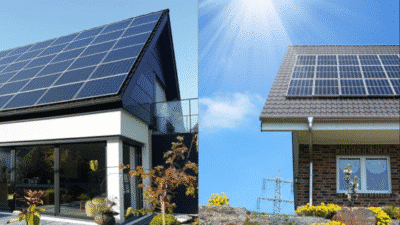Metal buildings—from warehouses and hangars to modern homes and workshops—are incredibly durable, versatile, and cost-effective. But when it comes to temperature control, they pose unique challenges. Metal is a strong thermal conductor, meaning heat moves through it quickly. Without the right insulation, these buildings can become ovens in summer and frigid shells in winter.
Choosing the best insulation material is key to improving energy efficiency, reducing operational costs, and protecting structural integrity. Here’s a breakdown of the most effective options available today, along with what to consider when making your choice.
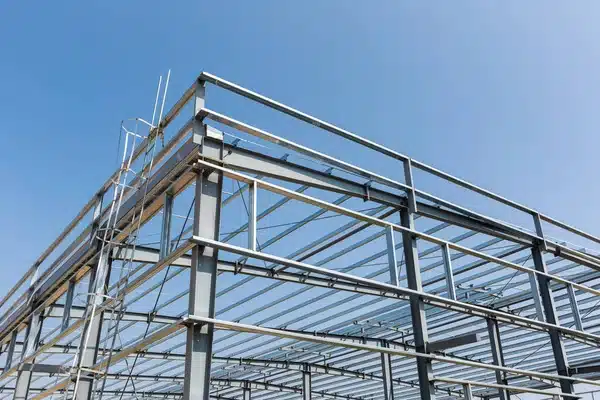
Why insulating metal structures is non-negotiable
Unlike brick or wood buildings, metal structures lack natural thermal resistance. That means they absorb and release heat rapidly, leading to extreme indoor temperature swings. Proper insulation doesn’t just create a more comfortable environment—it also prevents condensation, which can lead to rust, corrosion, and long-term structural damage.
Condensation control is especially crucial in agricultural, industrial, or storage settings where moisture can affect equipment, products, or livestock. Insulation also contributes to soundproofing, fire resistance, and compliance with increasingly strict energy codes. So while insulation might feel like an afterthought during construction, it’s actually a long-term investment in durability and efficiency.
Popular insulation types and their benefits
Each type of insulation comes with its own pros and cons, depending on your climate, building usage, and budget. Here are the top options:
Spray foam insulation
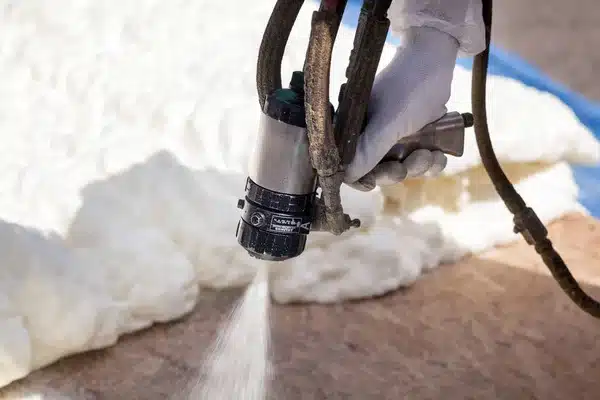
Spray polyurethane foam (SPF) is one of the most effective ways to insulate a metal building. Applied as a liquid that expands into a dense foam, it fills gaps and crevices easily, creating an airtight seal. Closed-cell spray foam also adds structural strength and offers excellent moisture resistance.
However, it can be one of the more expensive choices. It requires professional installation and careful safety handling due to the chemicals involved. Still, for buildings where air leakage or condensation is a concern, spray foam is often worth the investment.
Reflective or radiant barrier insulation
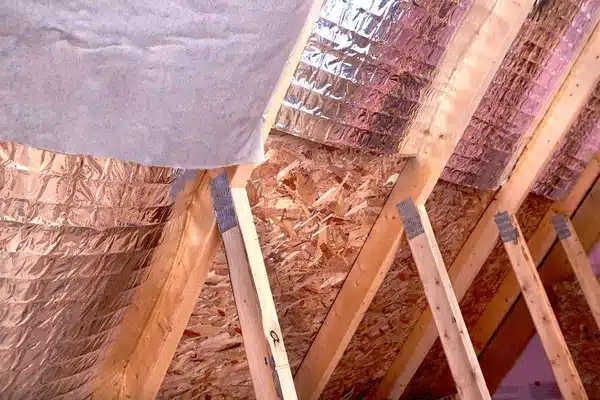
This is a common choice for hot climates. Radiant barriers consist of reflective foil applied to one or both sides of a substrate (like polyethylene or bubble wrap). These materials reflect radiant heat away from the building, rather than absorbing it.
Because metal buildings can easily trap heat, this insulation is effective at keeping temperatures down in warmer regions. A strong example of this category is Bluetex Insulation, which combines radiant barrier performance with additional vapor barrier protection. It’s especially suited to metal roofs and walls, where thermal gain is a significant issue.
Fiberglass batts and rolls
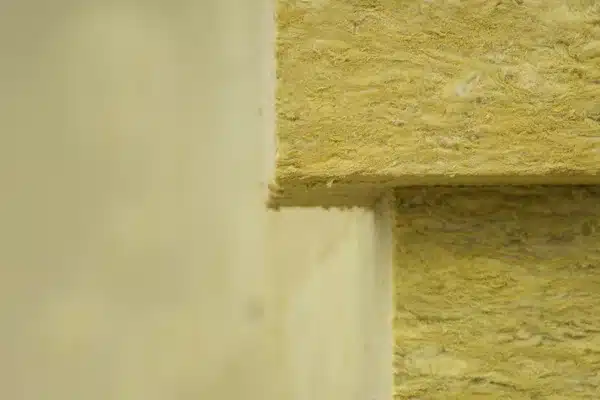
Fiberglass is widely used due to its affordability and ease of installation. It comes in pre-cut batts or rolls and can be fitted between metal framing. However, fiberglass doesn’t perform as well in high-humidity environments unless paired with a proper vapor barrier. It also requires precision to avoid gaps that could reduce effectiveness.
For metal structures in mild or dry climates, fiberglass remains a cost-effective, accessible choice. But for long-term performance in more extreme environments, alternatives may offer better value over time.
Rigid foam boards
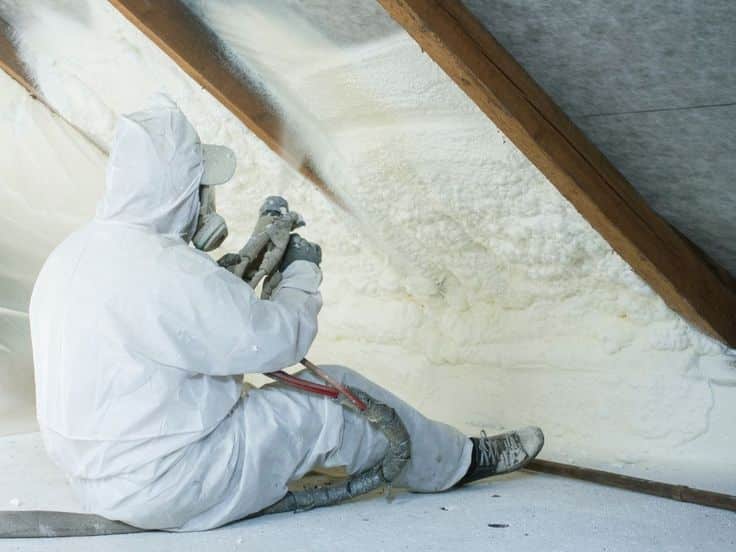
These are dense panels made from materials like expanded polystyrene (EPS), extruded polystyrene (XPS), or polyisocyanurate. Rigid boards provide a high R-value per inch and are useful for both walls and ceilings. They’re particularly helpful in retrofits, where you can install them over existing surfaces to enhance thermal performance.
One downside is that rigid boards need precise cutting to fit around framing and fasteners. Gaps between panels can reduce effectiveness unless sealed with tape or spray foam. Still, they’re a solid option for buildings that require high insulation performance in tight spaces.
Mineral wool
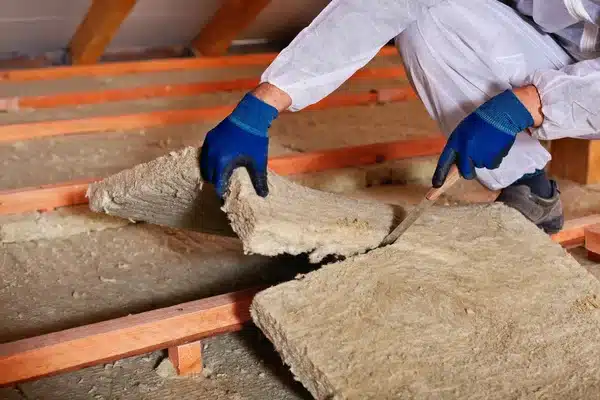
Mineral wool (or rock wool) is another batt-style insulation, but with higher resistance to fire, moisture, and sound. It’s denser than fiberglass and doesn’t absorb water, making it a good choice for damp or fire-prone environments. However, it can be more expensive and harder to install due to its weight and rigidity.
For commercial or industrial buildings where fire safety is a top concern, mineral wool provides peace of mind without sacrificing performance.
Factors to consider when choosing insulation
Choosing the right insulation isn’t just about the highest R-value. Consider these factors when comparing materials:
- Climate: Hot, humid, or cold regions will require different insulation types. Radiant barriers like those from Bluetex Insulation, for example, excel in warmer climates where reflective performance is key.
- Building use: Insulating a storage shed is very different from insulating a workspace or home. Think about temperature control, comfort, and humidity concerns.
- Budget: While spray foam offers excellent performance, it’s not always cost-effective for simple or temporary structures.
- Installation method: Some insulation types require professional installation, while others are DIY-friendly. Factor in labor costs and access challenges.
- Moisture management: Preventing condensation is vital in metal buildings. Vapor barriers or water-resistant materials can help extend the life of your structure.

Long-term benefits of proper insulation
It’s tempting to skimp on insulation to save money upfront, but the long-term savings often outweigh the initial cost. Proper insulation can:
- Cut energy bills significantly by reducing heat transfer
- Improve indoor air quality and comfort
- Prevent condensation, mold, and structural deterioration
- Reduce noise from rain, wind, and machinery
- Boost property value and extend the building’s lifespan
Insulation also allows you to repurpose metal buildings more flexibly over time—turning a workshop into a studio, or a garage into a guest house—without major renovations.
Final thoughts
Insulating a metal structure isn’t just about keeping warm or cool—it’s about protecting your investment. Whether you’re constructing a new building or retrofitting an existing one, choosing the right insulation material can have a profound impact on efficiency, durability, and usability.
Materials like spray foam and rigid boards offer excellent thermal performance, while radiant barriers such as Bluetex Insulation shine in hot climates where controlling heat gain is crucial. Ultimately, the best choice will depend on your environment, building purpose, and long-term plans. Taking the time to weigh these factors now will save you energy, money, and headaches for years to come.
- 0shares
- Facebook0
- Pinterest0
- Twitter0

